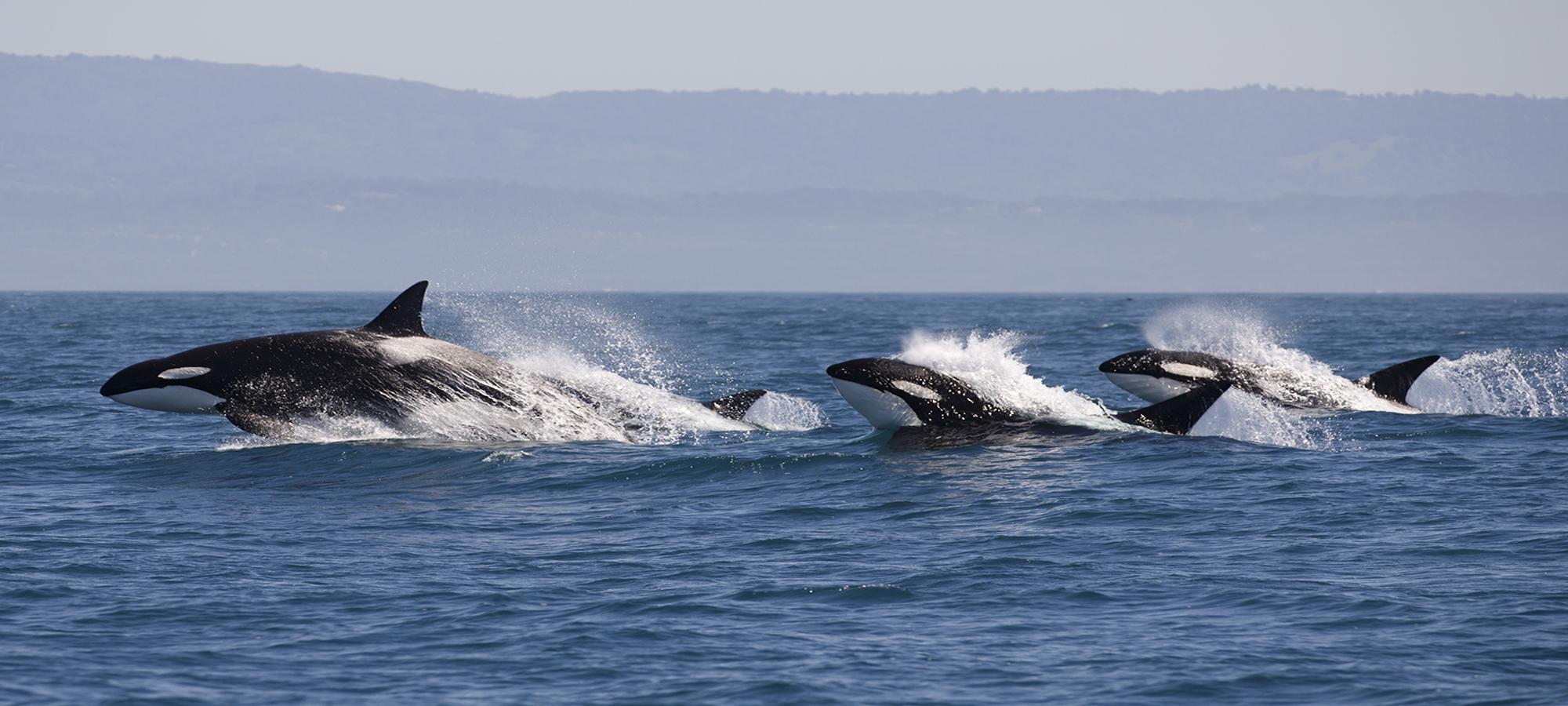Researchers Use Global COVID-19 Shutdown to Study Ocean Noise Pollution
As humans have all but ceased traveling and global trade has significantly slowed down to due to the coronavirus pandemic, the marine life inhabiting Earth’s oceans is probably taking notice.
With less shipping and transport by boat comes less underwater noise pollution, something orcas, which use sound to communicate as well as hunt for prey, are thought to be highly sensitive to.
David Barclay, assistant professor of oceanography at Dalhousie University, is one of the researchers who rushed to find out what this unique situation can tell us about how humans contribute to underwater noise pollution. Shut out of his research lab since mid-March, Barclay and his Ph.D. student used acoustic sensors called hydrophones at civilian observatories set up in the northern Pacific by Ocean Networks Canada.
"We knew that this was coming but the question was how can we study it,” Barclay says. “Usually we go on a ship, but we weren’t able to do that because of restrictions. So the idea was to use these ocean observatories.”
Data from hydrophones set up on the seafloor near shipping channels off Vancouver Island and in the deep ocean showed a significant noise reduction in both areas, Barclay says. His findings, published this week in the Journal of the Acoustical Society of America, showed a drop of 4 to 5 decibels near port in the busy Strait of Georgia during the first three months of 2020, about half the acoustic power compared to a year prior, Barclay says. The sound was measured at a low frequency—100 hertz—to isolate noise made by boats rather than waves or other natural sources.
As any scuba diver knows, sound travels farther and faster underwater than it does through the air. And the effects of the slowdown seem to have reached out in the deep ocean too: Almost 40 miles away from the shipping channels at a depth of more than 7,000 feet, hydrophones recorded a 15 percent decrease in sound power. The team noted a similar drop—about 20 percent—in imports and exports through the Port of Vancouver in that time period.
Scientists are already preparing to study what effect this reduction in underwater noise pollution might have on animals in the area, reports the Toronto Star. Most notably, the endangered population of southern resident orcas that hunt and hang out in the Salish Sea during the spring and summer.
Orcas hunt and navigate by echolocation, making clicks that bounce off solid objects, such as food and obstacles, and return to the animal that produced them, indicating where and how far away an object is. They also communicate with a range of complex calls, whistles and low-frequency pulses. “Making it noisy would be equivalent to us being blind,” Richard Dewey, associate director for science services at Ocean Networks Canada, told the Star.
Scientists believe human-made noise pollution has consequences for all marine life, but it is difficult to know exactly how. Many species of fish produce their own sounds, and the louder the ambient noise, the more difficult it is to cut through.
“Fish use sound to attract mates,” says Francis Juanes, a fisheries ecologist at the University of Victoria. “Masking [their sounds] could have important effects.”
The near future should provide researchers more opportunity to study noise pollution and its effects on marine life. Noise levels in Barclay’s study area were falling at a faster rate toward the end of March, when his research concluded. And the ferry that traverses the Strait of Georgia, the largest contributor of noise pollution, is reducing its schedule, Barclay says.
“We expect to see more drops,” he says. “It should be interesting to see how far this goes down as this continues.”
Get More Marine Conservation:











